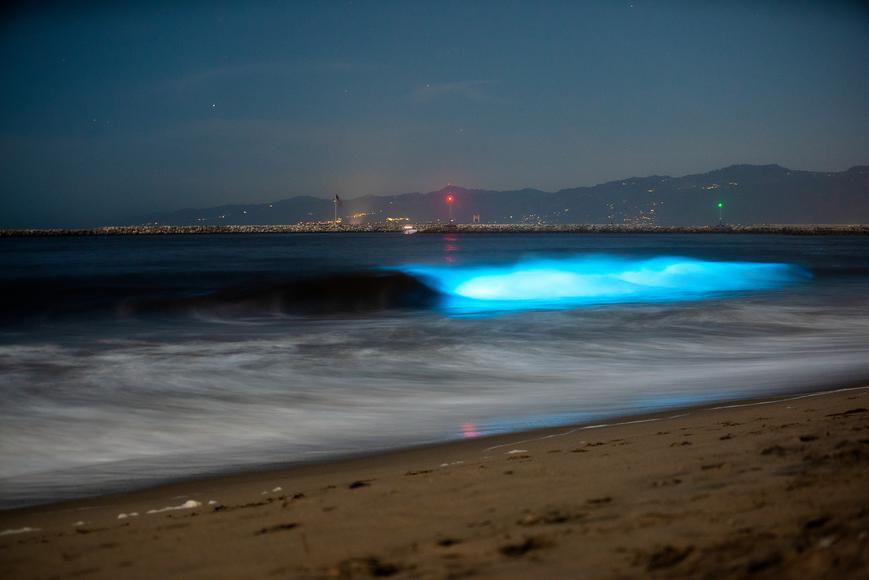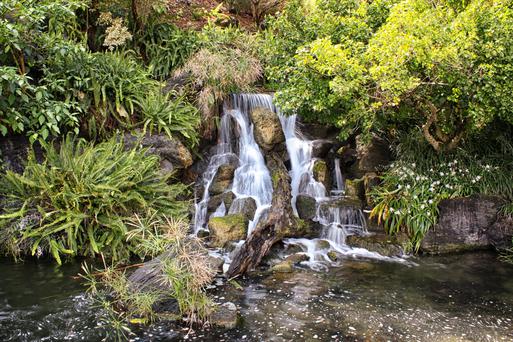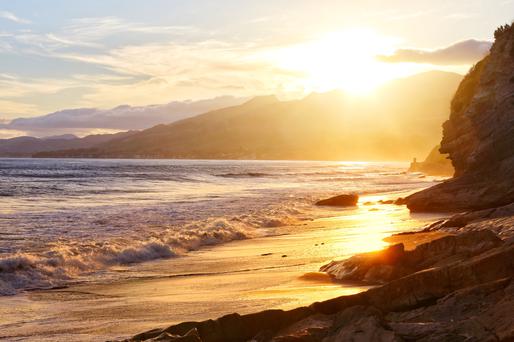California’s majestic coastline is famous for its surfing spots, sunsets, and increasingly, a stunning natural phenomenon – bioluminescence. Every year, locals and tourists flock to bioluminescence beaches in California, especially around San Diego, to witness the spectacle of shimmering blue waves crashing onto the shore. But what's the science behind this enchanting display? Let's delve into the world of California bioluminescence.
What is Bioluminescence?
To understand this phenomenon, it's essential to know what bioluminescence is. At its core, bioluminescence is the production and emission of light by living organisms. This glow arises due to a chemical reaction that takes place within these organisms, often involving a light-emitting molecule called luciferin and an enzyme named luciferase. Most of the bioluminescent organisms on earth, ranging from fireflies on land to deep-sea creatures, utilize this mechanism to produce light.
Why Do The Waves Glow?
The glowing blue waves witnessed along California's coastline, particularly in San Diego, result from a specific type of plankton. When these microscopic organisms are agitated by movement—such as the motion of the waves or a person or paddle in the water—they emit a brief burst of light. This bioluminescent display is thought to be a defense mechanism to deter predators. When large blooms or "red tides" of these plankton occur, the collective glow from millions of them creates an ethereal blue light, turning the waves into an almost fantasy-like scene.
Bioluminescence Beaches in California
While bioluminescence can be witnessed in various parts of the world, the beaches in California offer some of the most consistent and breathtaking views. Over the past few years, areas around San Diego have become hotspots. Notable places in the region include Torrey Pines, Encinitas, and Carlsbad State Beach. The phenomenon is unpredictable, but spring and early summer are generally the best times to experience this natural wonder.
Where to See Bioluminescence in California
If you're looking to experience this for yourself, San Diego's coastline is a prime location. However, it's worth noting that while San Diego is a key highlight, bioluminescent displays can be seen along various parts of California's coastline. Other beaches to consider include Manresa State Beach near Watsonville and Malibu's beaches. Timing is crucial when planning a visit. While the presence of dinoflagellates can be unpredictable, your best bet is to visit during a new moon or when the sky is darkest, as ambient light can mask the glow of the bioluminescent waves.
While these blue waves present an unforgettable sight, potential visitors should be informed that not all red tides produce bioluminescence. Some can even be harmful due to the release of toxins. It’s always best to consult local resources or authorities when planning a visit.
In conclusion, the spectacle of bioluminescent waves in San Diego and other parts of California is one of nature's most captivating displays. A fusion of biology and chemistry creates this ethereal show of glowing blue waves, reminding us of the myriad wonders our natural world holds. If you ever get a chance, don’t miss out on experiencing this magic firsthand.






